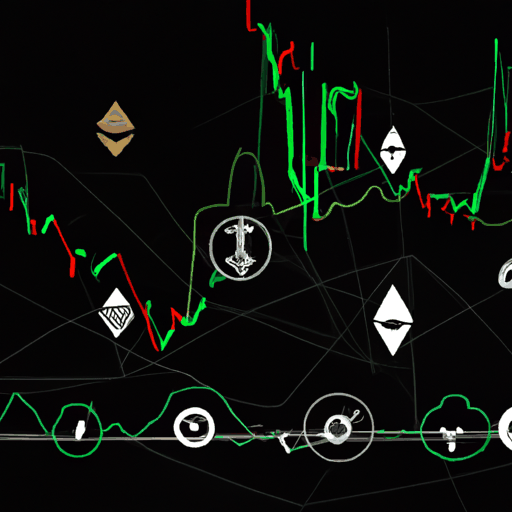
Crypto Phishing Scams: Emerging Threats and Costly Lessons
By: Eva Baxter
In a latest spate of sophisticated crypto phishing scams, two significant incidents have drawn attention to the vulnerabilities within the digital asset ecosystem. On November 12, a memecoin investor holding Gigachad (GIGA) tokens fell victim to a phishing attack through a cleverly disguised fake Zoom call link, leading to a loss of $6.09 million. The incident sparked massive sell-offs, causing a significant price drop in the GIGA token. This occurrence has raised alarms about the growing need for enhanced security measures in the handling of digital assets.
The clandestine operation involved a fake Zoom meeting link that redirected the unsuspecting investor to a deceptive website structured to harvest sensitive wallet information. According to the crypto investigation firm Scam Sniffer, such threats are becoming increasingly frequent and designed with acute precision.
Meanwhile, another incident exposed by Scam Sniffer involved a massive $129 million loss in USDT on the TRON blockchain. The perpetrator crafted a fake wallet address nearly identical to the legitimate one by mimicking its starting and ending characters. Such precision in duplicating wallet addresses has underscored the prevalence and severity of the phishing tactic known as 'address poisoning.' This scam enables fraudsters to capitalize on copy-and-paste errors during transactions, embedding fake addresses in transaction histories.
While the victim initially transferred the staggering amount to the wrong address, the fraudulent party returned the bulk of the stolen funds astonishingly within hours, totaling over $116 million, and later reimbursed the remaining balance. Despite retrieving the funds, this incident serves as a stark reminder of the vulnerabilities and potential financial losses associated with inadequate security measures.
The evolving sophistication of these scams, as observed by blockchain security firm CertiK, points to over $800 million in losses attributed to phishing and wallet-draining tactics in a single year. As experts like Yu Xian from Slowmist recommend, users are urged to exercise extreme caution by routinely clearing clipboard data post-transaction to mitigate risks. This evolving landscape not only cautions individuals and corporations in the crypto space but also advocates for reinforced protective strategies to safeguard digital assets against such threats.
As digital assets continue to forge their path into mainstream finance, these incidents highlight an urgent call for robust security systems and user education on preventive measures. Alongside technological advancements, fostering an environment of awareness and vigilance in addressing digital threats has never been more crucial.



